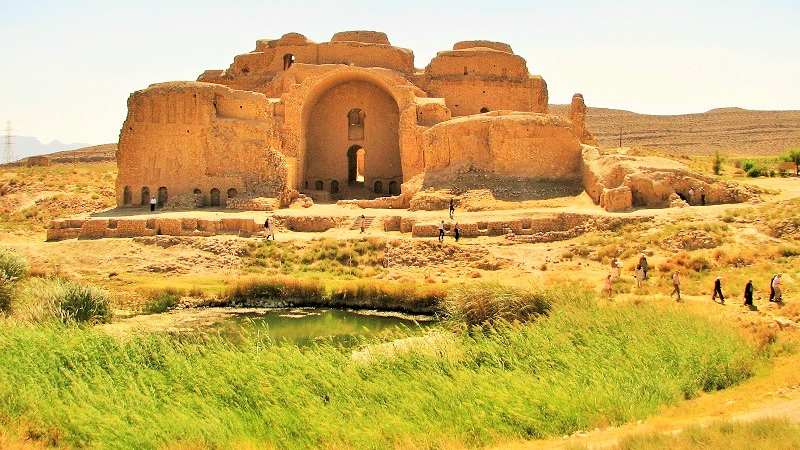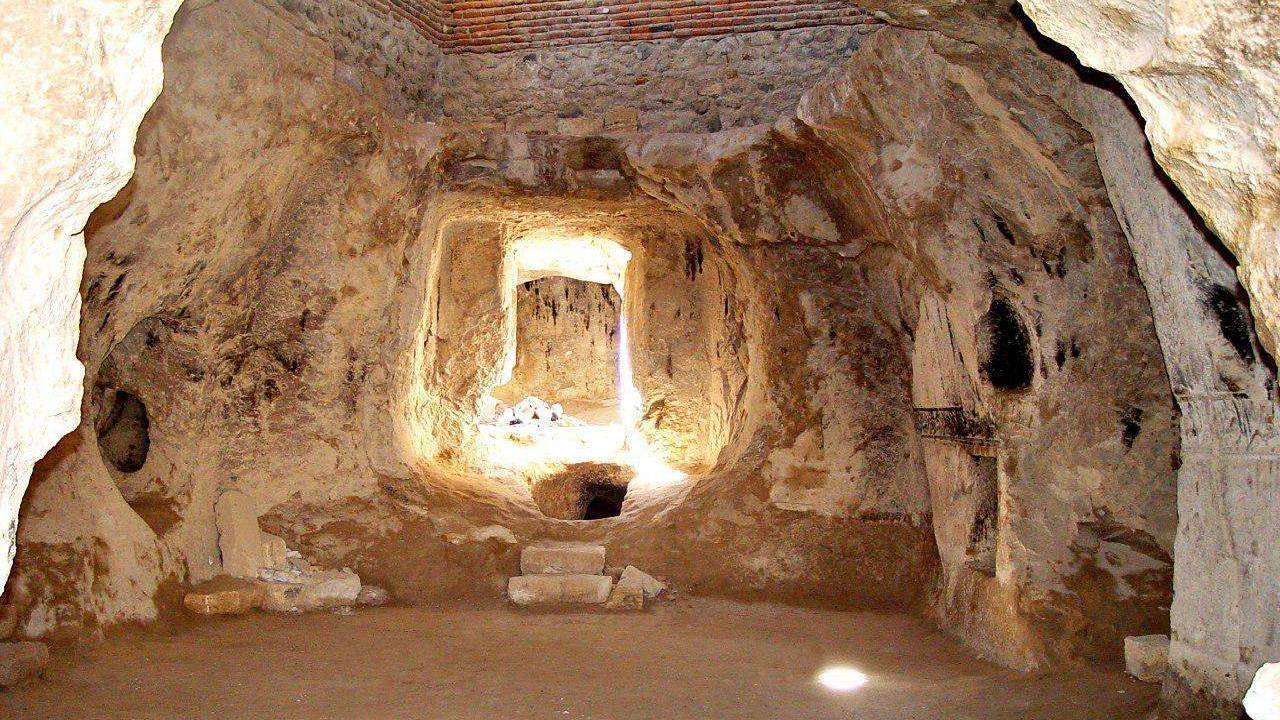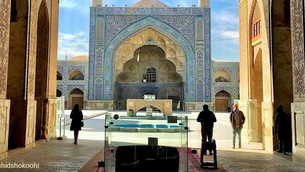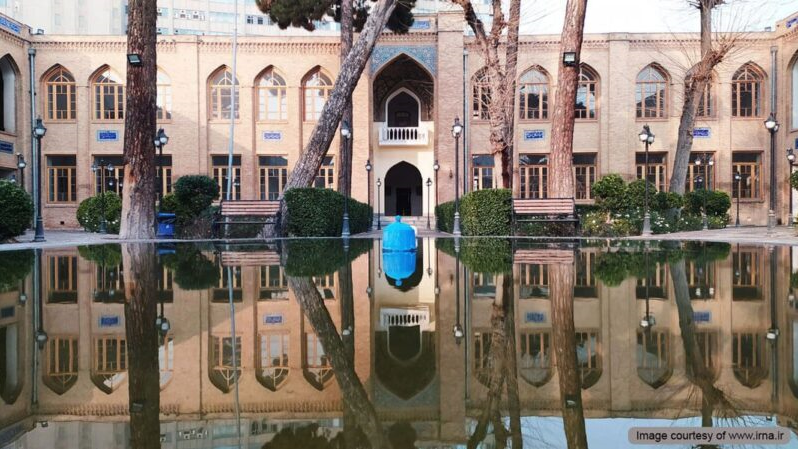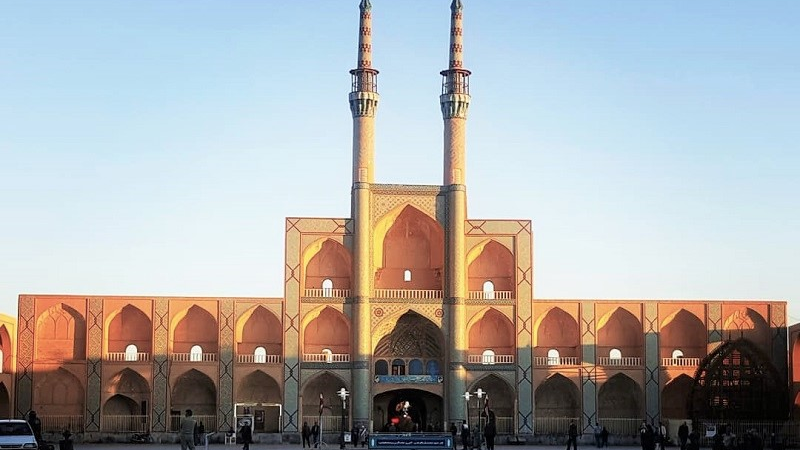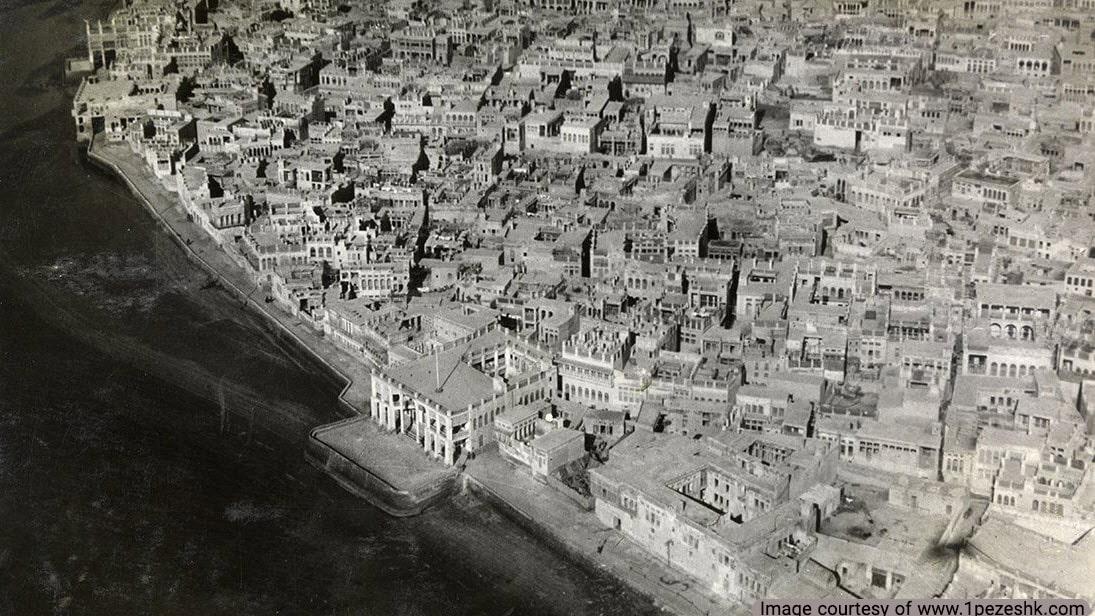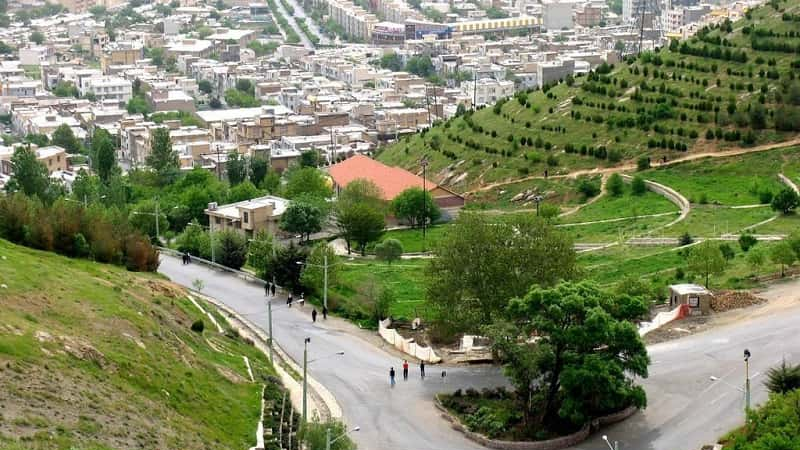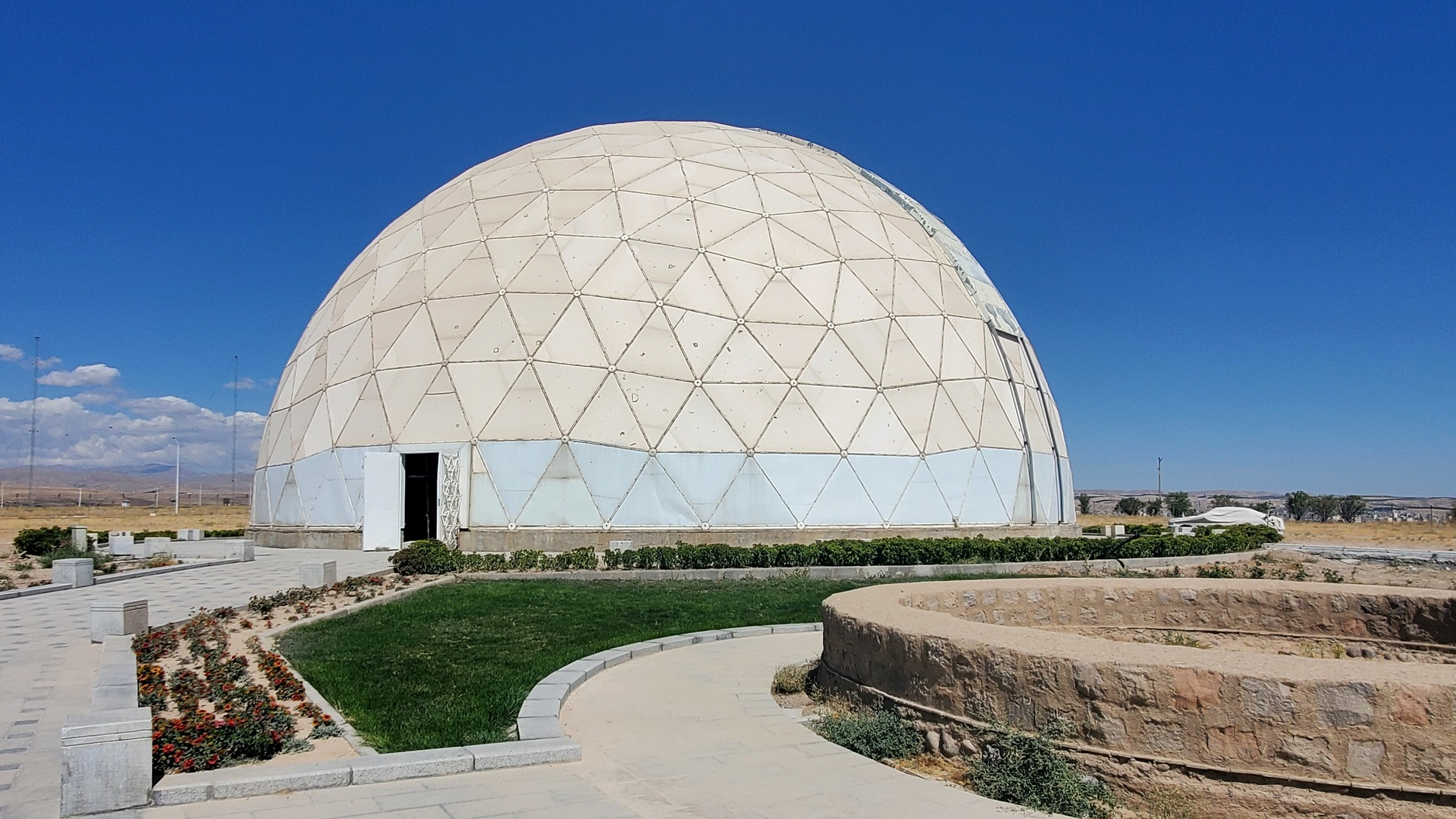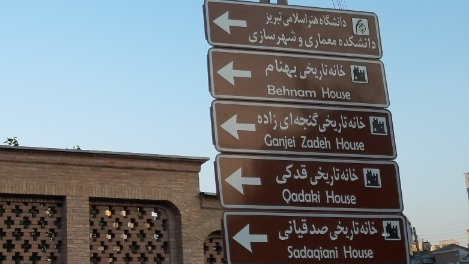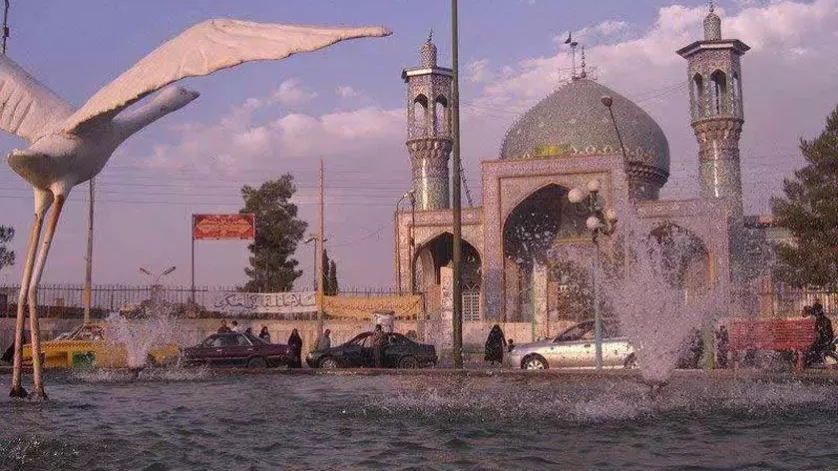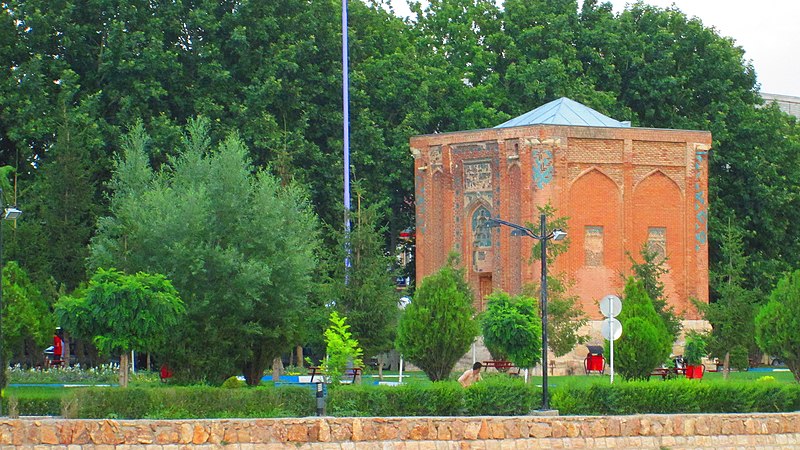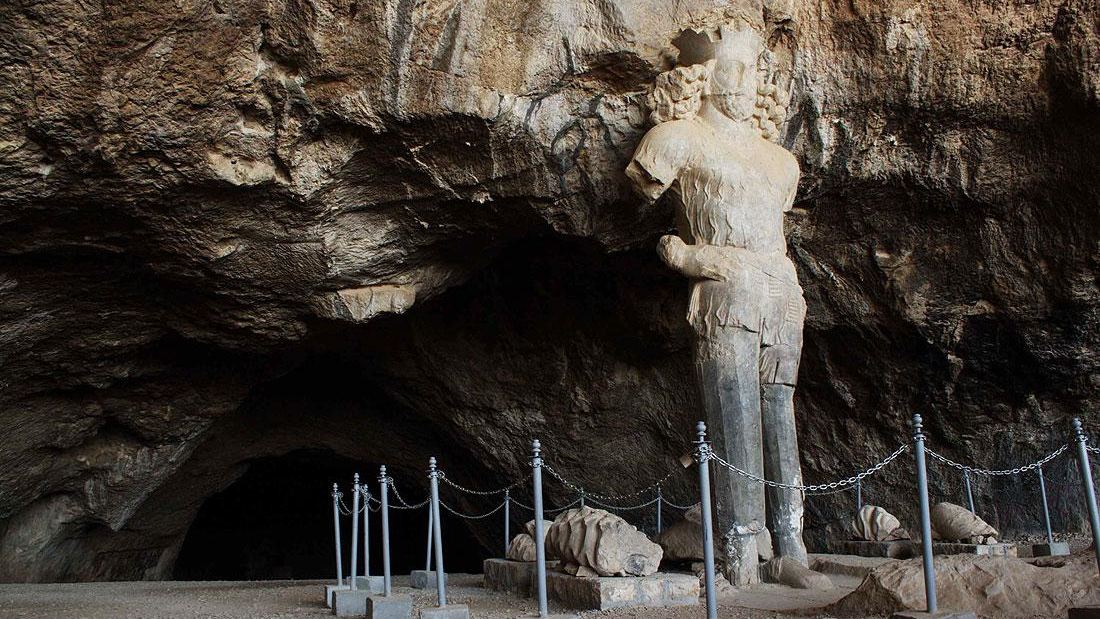
Saydeh Khatoon Cave of Arsanjan
Sayedah Khatoon Cave (also called “Tang-e Ashkan) is the largest prehistoric in the Arsanjan region of Fars province from which thousands of stone tools related to hunting have been obtained during archeological explorations. It is said that since a person named “Sayedah Khatoon” lived in the cave many years ago the cave has been given this name.
History of Arsanjan
Arsanjan is one of the old cities of Fars province, human habitation in which dates back to about 70 thousand years ago. Several caves have been discovered in this region, which were used as settlements by prehistoric people.
This city has always been of interest to tourists because of its pleasant climate and history. The name of the city is composed of two words “Arsan” meaning good weather and “Gan” or “Jan” meaning place. In fact, it is due to its pleasant climate and rich resources that this region has been a suitable place for human settlement for tens of thousands of years.
Features of Sayedah Khatoon Cave
This cave is located 1691 meters above sea level and 17 meters above the surrounding areas. The mouth of the cave is 40 meters wide and 22 meters high. After entering the cave, the mouth of the cave becomes narrower, therefore, making the interior environment safer. With a length of about 26 meters, this cave provided a space of nearly 400 square meters to its inhabitants. The large space of the cave and its opening facing south made the cave cool in summer and warm in winter. This feature also allowed enough light into the cave.
History of Sayedah Khatoon Cave
The explorations done in this cave show that its history dates back to the Paleolithic period (60 to 70 thousand years ago). This period includes the oldest and earliest stages of human life, in which man used stone tools for the first time. This era had lasted from 3.3 million years ago to about 8500 BC.
Explorations Done in Sayedah Khatoon Cave
During archeological explorations done in this cave, hunting tools made of stone, bones of some animals such as horses, and a structure that was located at the bottom of the cave that was used to store water were discovered.
In the course of explorations conducted by Jiro Ikeda, a professor of natural anthropology at Kyoto University in Japan, and his colleague Akira Sanoki, in an area of 900 square kilometers in the south and southwest of Iran in 1977, a total of 144 caves and shelters, 21 open areas, 31 hills, and 19 stone mound areas were discovered, one of which was Sayedah Khatoon Cave.
Thereafter, Iranian and Japanese archaeologists engaged in joint explorations of this area in several seasons and their findings showed that Sayedah Khatoon Cave was a place of human habitation in several historical periods. A knife, 38 scrapers, 26 medium blades, 119 small blades, 42 small blades, 61 source rocks, and 283 chips were found in this cave. Also, five stoves, 13 thousand stone tools, and many animal bones were discovered in the excavations, which show that the people living in this cave used to hunt horses, goats, and gazelles.
Located 10 kilometers southeast of Arsanjan, Sayedah Khatoon Cave was inscribed on the list of Iran’s national heritage in 2006.
Sayedah Khatoon Cave (also called “Tang-e Ashkan) is the largest prehistoric in the Arsanjan region of Fars province from which thousands of stone tools related to hunting have been obtained during archeological explorations.
| Name | Saydeh Khatoon Cave of Arsanjan |
| Country | Iran |
| State | Fars |
| City | Arsenjan |
| Type | Historical |
| Registration | National |
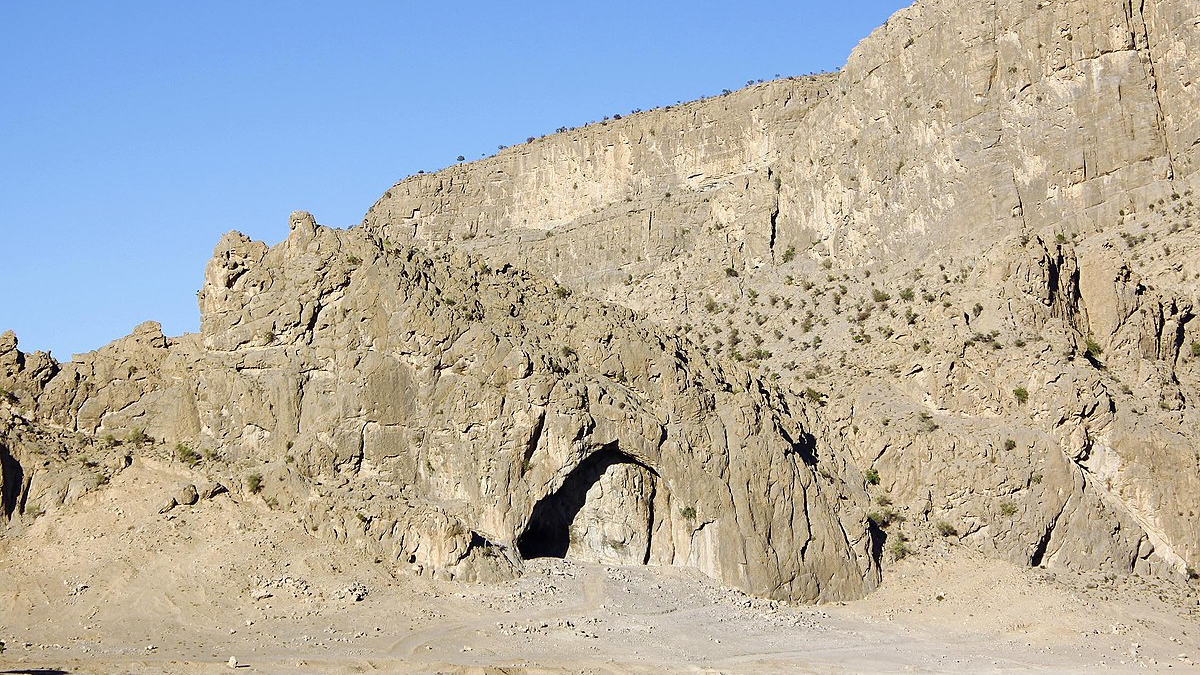
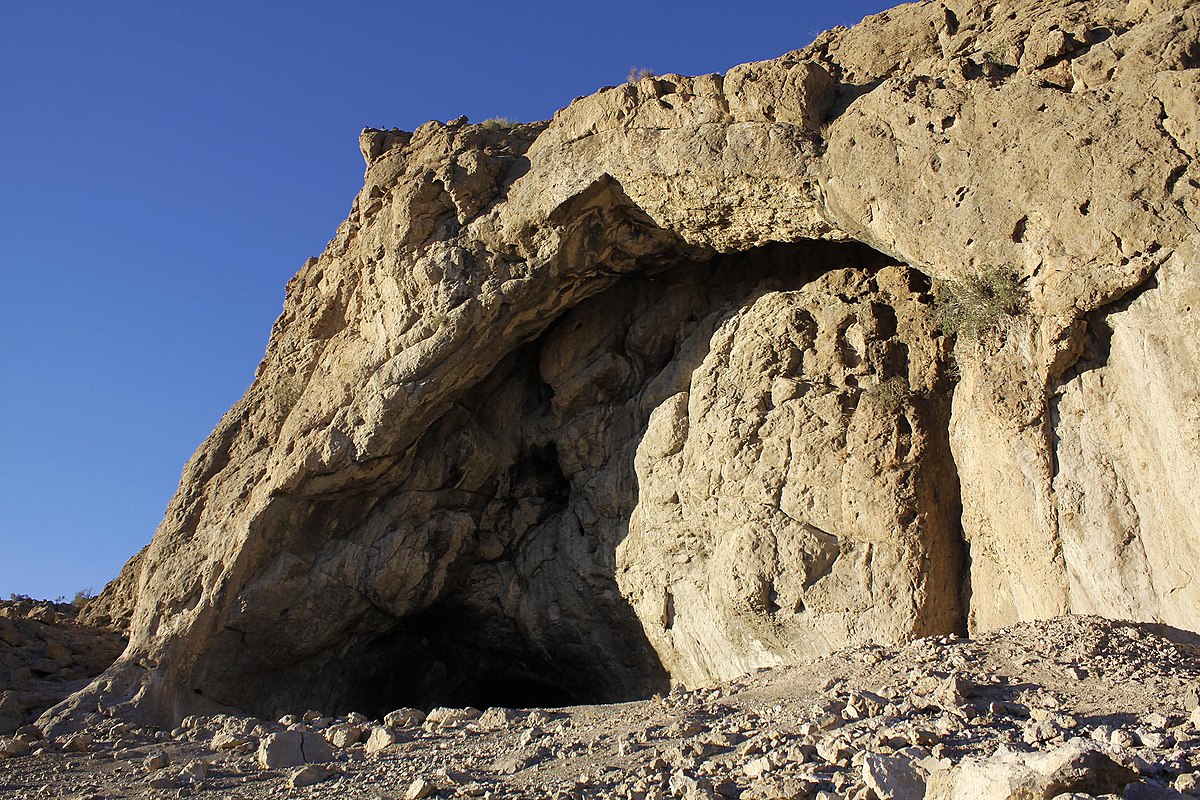


Choose blindless
Red blindless Green blindless Blue blindless Red hard to see Green hard to see Blue hard to see Monochrome Special MonochromeFont size change:
Change word spacing:
Change line height:
Change mouse type:
